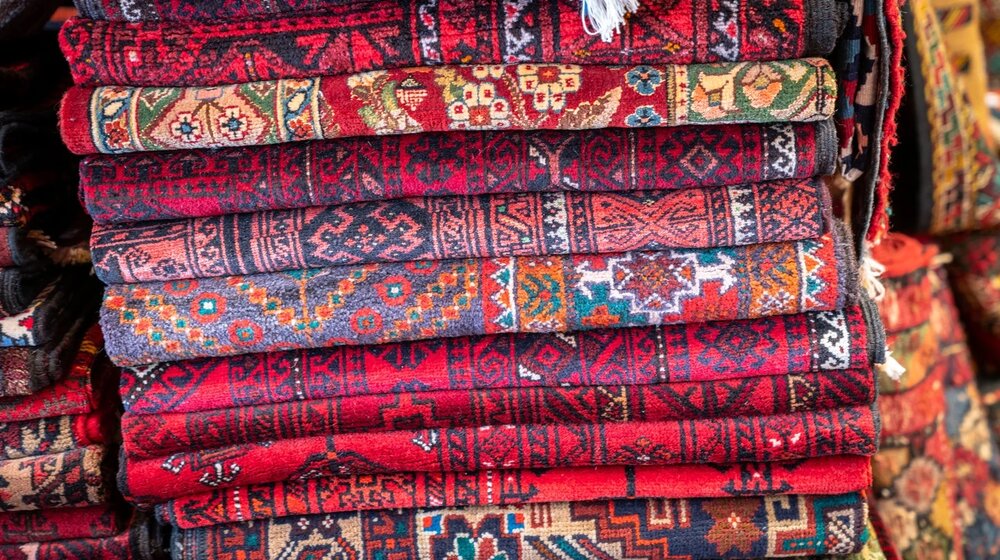INCC reaffirms support for hand-woven carpet industry

TEHRAN– Iran National Carpet Center has reaffirmed support for Iran's hand-woven carpet business to boost exports and generate extra employment opportunities.
“The INCC will keep promoting Iran's hand-woven carpet industry to boost exports and create more employment opportunities,” IMNA quoted INCC Director Farahnaz Rafe’ as saying on Wednesday.
To encourage more exports, the government recently relaxed a requirement that carpet exporters return their safe-haven currency profits to Iran in a short amount of time, she said.
Rafe’ mentioned that Iranian weavers produced almost 2.266 million square meters of Persian rugs and carpets from March to December last year (1400), which is an increase of 46.8% over the same period in 1399, in which the industry was highly overshadowed by the coronavirus pandemic.
According to data from the Iran National Carpet Center, the country’s production of hand-woven carpets increased dramatically in the nine months leading up to late December last year, Rafe’ said.
Rafe' gave no further details regarding data about Iranian carpet exports over the nine months ending late December last year.
However, reports have suggested that demand for Iranian carpets in international markets has steadily increased during the previous two years, owing primarily to Iran’s currency drops, which have made exports more profitable, as well as increased government support for the industry.
After the United States imposed sanctions on Iran in 2018, carpet exports hit record lows.
The reason for this is that, before crude oil and petroleum products, hand-woven carpets were Iran's primary export. In 1997, carpet exports hit a record high of around $700 million, or about one-fifth of Iran's total non-oil exports for that year.
Persian carpets are sought after internationally, with the medallion pattern being arguably the most characteristic feature of them all. Weavers spend several months in front of a loom, stringing and knotting thousands of threads. Some practice established patterns. Some make their own.
Each Persian carpet is a scene that seems as ageless, a procedure that can take as long as a year. These efforts have long put Iran’s carpets among the most complex and labor-intensive handicrafts in the world. When the weaving is finally done, the carpet is cut, washed, and put out in the sun to dry.
Throughout history, invaders, politicians, and even enemies have left their impact on Iran’s carpets. As mentioned by Britannica Encyclopedia, little is known about Persian carpet making before the 15th century, when art was already approaching a peak.
For instance, the Mongol invasion of the 13th century depressed Persia’s artistic life, only partially restored by the renaissance under the Mongol Il-Khan dynasty (1256–1353). Although the conquests of Timur (who died in 1405) were in most respects disastrous to Persia, he favored artisans and spared them to work on his great palaces in Samarkand.
Later in the 17th century, there was a growing demand for the production of so many gold-and silver-threaded carpets that were ultimately exported to Europe. Some were made in Kashan, but many of the finest came from Isfahan. With their high-keyed fresh colors and opulence, they have affinities with European Renaissance and Baroque idioms.
At the beginning of the 18th century, nomads and town dwellers were still making carpets using dyes developed over centuries, each group maintaining an authentic tradition. Not made for an impatient Western market, these humbler rugs of the “low school” are frequently beautifully designed and are of good material and technique.
AFM